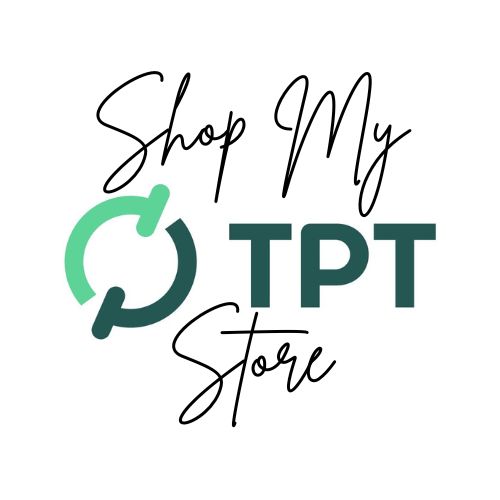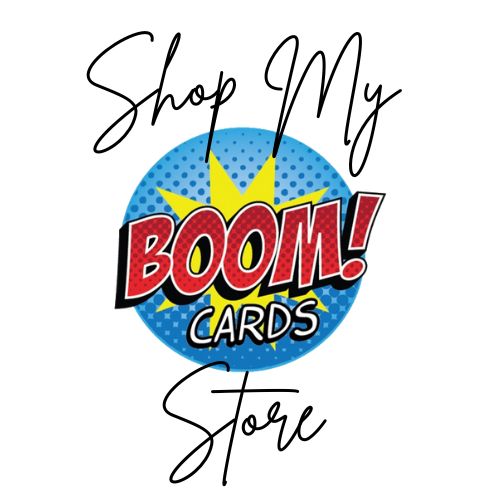Dawn Ellis of Cultivating Exceptional Minds has developed an inclusive school garden that is inclusive of all types of disabilities. Hear about many ways the garden is used to provide real-life learning activities for the whole school, in all subject areas. Moreover, students are more engaged during lessons in the garden… which results in fewer behavior problems! They help plant, weed, water, harvest, cook, and even eat what is grown.
Dawn gives great advice on how to you can start your own garden. She also gives advice on how to get donations to keep it going, as well as lots of curriculum ideas to provide real-life practice.
Click on the white/green button to play the podcast here. Scroll down for show notes, including a printable handout you can take notes on if you desire.
Episode Show Notes
Guest: Dawn Ellis

Dawn has been a special education teacher for 10 years. She has taught preschool through fifth grade in various settings such as inclusion, resource, homebound and self-contained. Dawn has an Ed Specialist degree in Early Childhood Special Education but is also certified in general education too. She was the District V Teacher of the Year in 2017 for Alabama. She has presented at district and state-wide conferences about her garden and other special education topics. On the weekends in the spring, she is a volunteer coach for the Miracle League baseball program in her town. She is married and has one son (age 2). When not teaching, Dawn enjoys being at the beach, reading, and working on her teacher-created materials/blog.

Links and Resources:
- The link to the article mentioned during the show about elementary school gardens is not available anymore (sorry!)
- Eat South
- Donors Choose
- Dawn’s blog post on inclusive school gardens
- Garden Time resource in Dawn’s TpT Store.
- To sign up for Lisa’s Email List to get free ideas and strategies, use the “Subscribe” sign-up on the right sidebar of the page (or scroll down if using a mobile device) Plus, you’ll get a free resource.
Take Notes as you listen:
Steps to Build an Inclusive School Garden
- Seek an appropriate space (check for a water source, light, and protection).
- Generate Funding/Community Support.
- Start Small (classroom planters, barrels, raised beds).
- Keep accessibility in mind. (i.e. accessible pathways and varied planter heights to accommodate students with canes, walkers, wheelchairs, etc.)
- Incorporate sensory activities which provide opportunities for exploration, expression of creativity, practice for inquiry, and development of fine and gross motor skills, and address IEP goals and standards.
- Have students actively participate in each part of the process (i.e. unloading dirt, planting seeds, weeding, watering, harvesting, and cooking).
Podcast Host: Lisa Goodell
Lisa Goodell, M. A., is the host of the Help for Special Educators Podcast. She has been teaching for over 25 years, including general ed third grade, and special ed K-12 including resource/inclusion (RSP), and mild/moderate self-contained (SDC). Currently, she is an itinerant orthopedic impairment (OI) specialist/teacher for students birth to 21 years old in all general ed and special ed settings. She has been honored as “Teacher of the Year” at both the elementary and secondary level. She lives in rural Central California with her family and a bunch of cats. Connect with Lisa here.








[…] team recently had the opportunity to chat with Lisa Goodell, the host of Help For Special Educators podcast. In the interview discussion of the essentials of starting a school garden was the main focus. In […]
This was an awesome interview! Thanks!
[…] How to Build an Inclusive School Garden. Six steps and tons of tips and ideas to create a garden that students with or without mobility needs can enjoy and participate in. […]